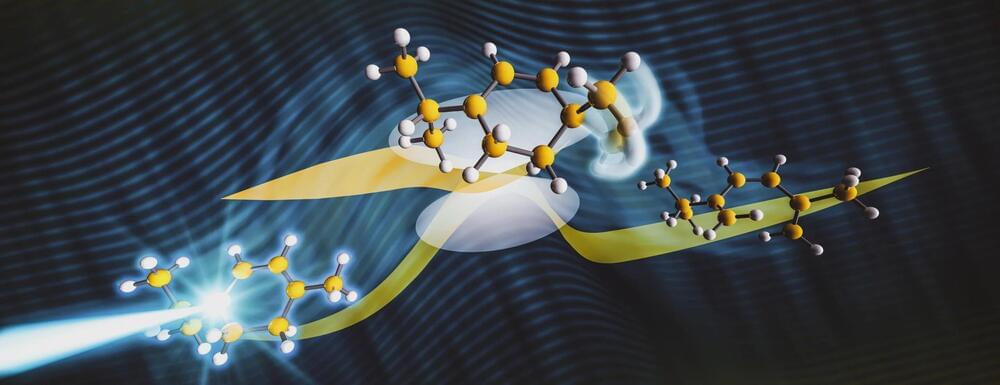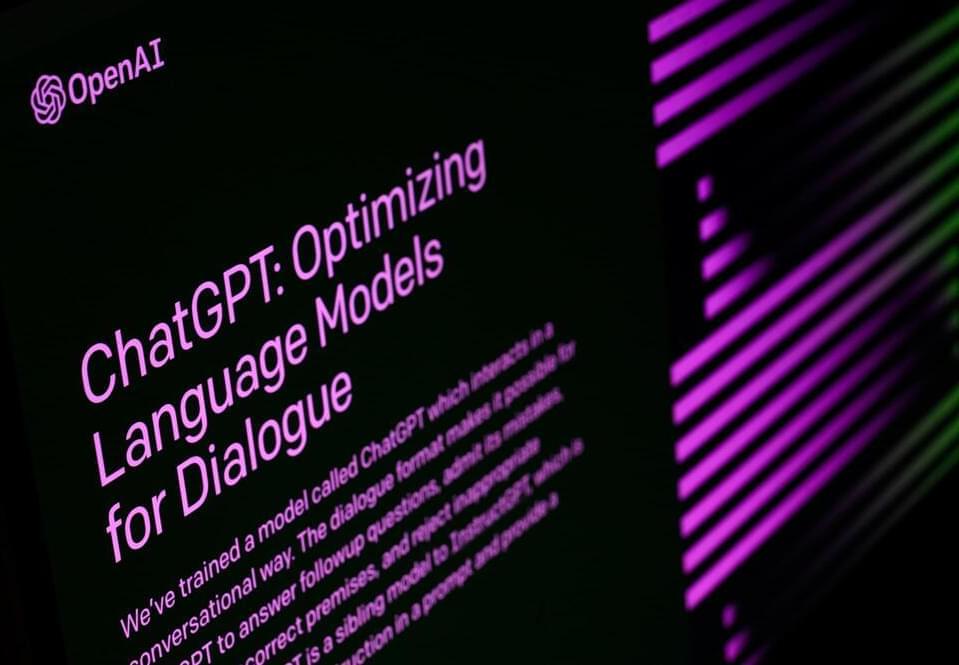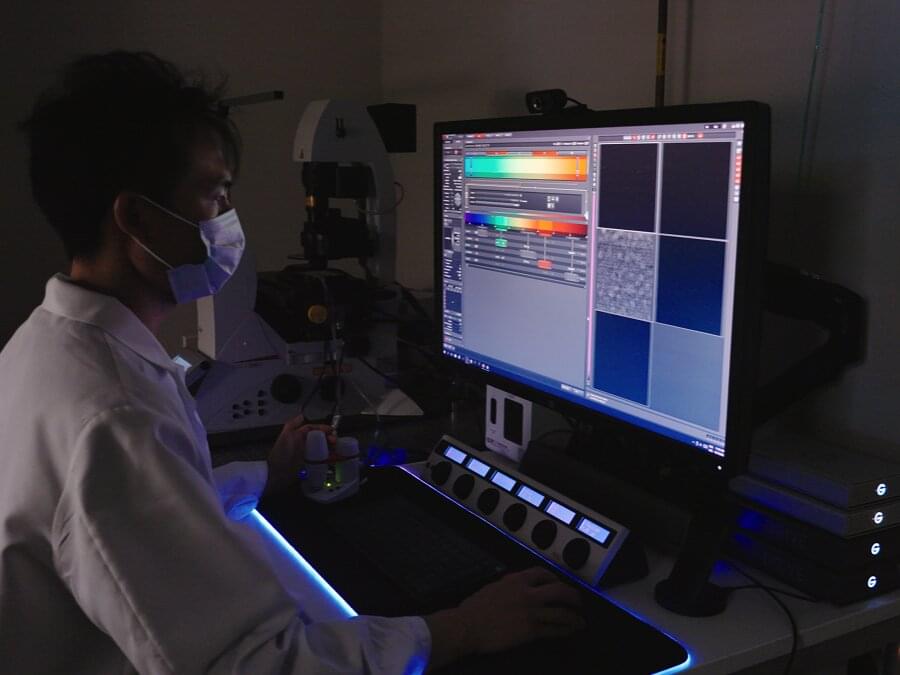Human-computer interaction company Sightful is releasing its first product, Spacetop, a screen-less “augmented reality laptop” projecting tabs across a 100-inch virtual screen. The laptop — if you can call it that — is a hardware deck and full-size keyboard with a pair of tailored NReal glasses. The glasses project tabs directly in front of whatever the user is looking at while remaining invisible to anyone else.
Specs-wise, Spacetop is running a Snapdragon 865 paired with an Adreno 650 GPU, 8GB RAM and 256GB storage, putting it in the same class as some of the smartphones that are already capable of driving AR glasses. It’s not smartphone-sized, however, measuring 1.57-inches high, 10.47-inches wide and 8.8-inches deep, and it weighs in at 3.3 pounds, the same as plenty of laptops we could choose to mention here.
Sightful is clearly gunning for a crossover hit in the work-from-home-or-anywhere market. “Laptops are the centerpiece of our daily working lives, but the technology has not evolved with the modern, work from anywhere, privacy matters, ‘road warrior’ mentality. Meanwhile, augmented reality is full of potential and promise but is yet to find its daily use case,” said Tamir Berliner, Sightful co-founder who previously worked at both Leap Motion and Primesense. “We are at the perfect moment for a significant paradigm shift in a device we all know and love.”







